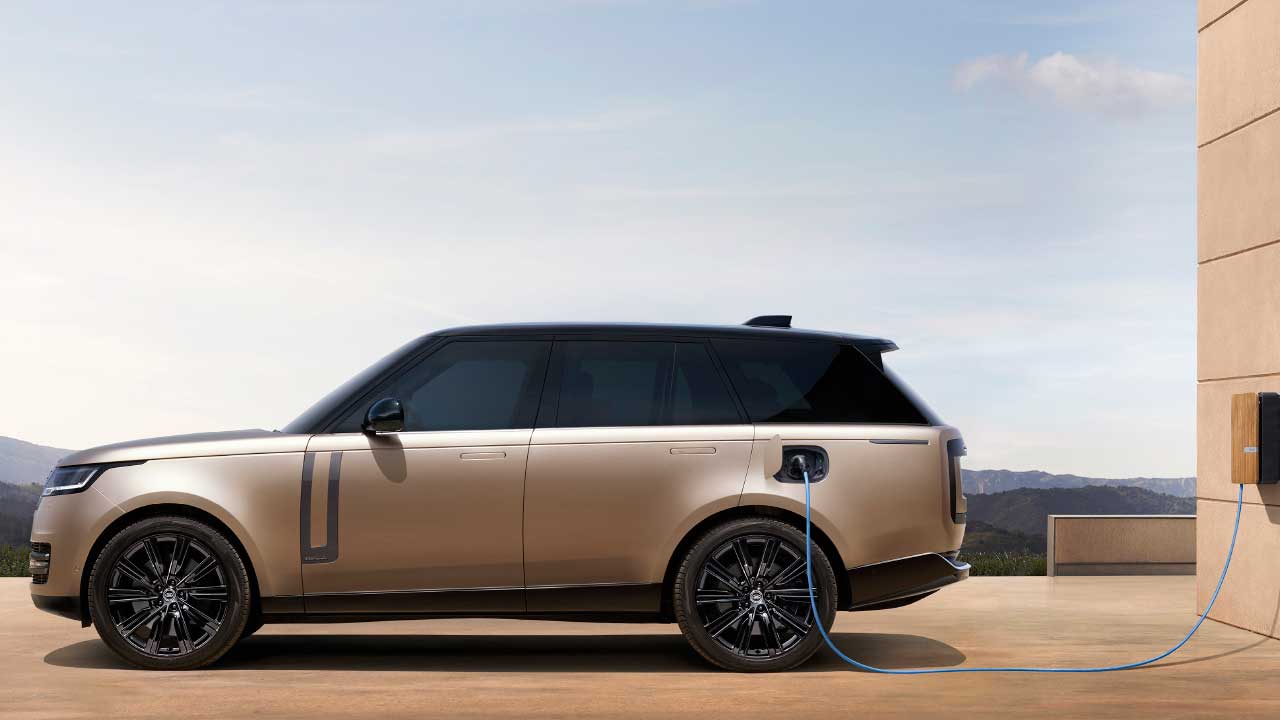Get the most from your EV
Even though some of the latest electric vehicles (EVs) can run for more than 200 miles on a single charge, range anxiety remains a common concern among EV owners. It is also still a potential barrier to businesses who could be looking to switch their fleet from older, less fuel-efficient vehicles.
With government incentives aimed at increasing the number of private individuals purchasing EVs and businesses increasing the inclusion of EVs within their fleets, range anxiety is currently still putting some people off from making the switch to EV.
Although the upfront cost of an EV is often higher, EVs can be cheaper to run. This is due to the lower cost of electricity compared to their petrol or diesel counterparts, and recharging at home overnight or at work will normally result in the greatest savings.
However, a lack of confidence in the availability and compatibility of public chargers and the thought of being 'stranded' with no charge can have a negative effect on EV uptake for both businesses and individuals.
- What is range anxiety?
- Range explained
- Short journeys vs. long journeys
- Charging
- Types of charging
- Charging at home
- Charging on-street
- Charging at work
- Charging on the road
- Tackling range anxiety
What is range anxiety?
Range anxiety is the fear that a vehicle has insufficient battery range to reach its destination, stranding the driver, causing additional costs and increased vehicle downtime. This term is primarily concerned with battery electric vehicles (BEVs) and has been attributed to the slow adoption rates of EVs for both private individuals and businesses.
Range Explained
Vehicle range is the distance an EV can travel from a full charge. All EVs currently available will have undertaken a Worldwide Harmonised Light Vehicle Test (WLTP) which is used to measure fuel consumption and CO2 emissions. This in turn informs range estimates provided for all new vehicles.
There is a combination of factors that can affect the vehicle’s performance and range, these include:
- Acceleration: The heavier the acceleration and the faster the vehicle goes, the sooner the battery will deplete.
- Inside the car: Ancillary power use such as air-conditioning or heating can negatively affect a battery’s range.
- Temperature: Batteries can perform better when warm, so if it is cold outside, there will be less usable energy being produced.
- Topography: Driving up inclines or journeys with lots of hills tend to use more battery power than driving on a flat road
- Weight: The heavier the vehicle, the more energy it uses to move.
- Driving style: If you accelerate slowly and allow the car to decelerate using the regenerative braking, you can increase the range significantly compared to braking hard.
Short journeys vs. long journeys
EVs are no doubt ideal for use in towns and cities, and for short journeys there are often plenty of charging options. However, their limited range and the need to plug in to recharge, means that they may not be suitable for everyone.
While recharging will not cost a huge amount, it could to be a long process with potential stops every 80 to 100 miles. Therefore, it may not be the best option to consider an EV if the vehicle is needed for regular business trips or long journeys. However, if these are few and far between, with considered route planning, EVs can still prove worthy and there is always the alternative option of hybrid vehicles.
Charging
There are a number of charging options for electric vehicles including public charging points in city centres, car parks, and service stations, as well as other handy points that can be installed at home, at workplaces, and on residential streets.
Types of Charging
There are three main types of charging – rapid, fast and slow. These are concerned with the power outputs and charging speeds. Slow units are most often used overnight, fast chargers usually take between three and four hours (a great option for workplace units) and rapid chargers can take anywhere from 30 to 80 minutes.
Charging at Home
For private individuals or employees using their company cars, the majority of charging will be done at home, typically overnight. If they have a driveway or garage, the cheapest and most convenient way would be installing a dedicated charge point. There are grants and schemes available that can help, with some even covering up to 75 percent of the installation cost such as the OLEV Electric Vehicle Home Charge Scheme and some energy companies offer tariffs specifically for EV drivers.
Charging On-Street
If you are a business or a private individual who does not have off-street parking, charging an EV near where you are based can be more challenging. However, this could soon look to improve through the On-street Residential Charge-point Scheme which gives local authorities access to a £2.5 million funding pot for on-street charge points in areas without off-street parking.
Charging at Work
An increasing number of companies are installing workplace EV charging units for use by employees and visitors. As an employee vehicle will typically be stationary for most of the day when it can be conveniently charged, installing a unit or two and allowing your employees to plug-in makes sense. Companies can also benefit from grants and allowances available for workplace charging units. Businesses and public-sector organisations can apply for funding for charge-points through the government's Workplace Charging Scheme.
Charging on the road
Charging while on the road is the one of key concerns feeding range anxiety, however the network of public charge-points is rapidly expanding across UK towns and cities, with rapid charge-points becoming much more common at motorway service stations.
Many EV charge points are free to use, but the majority of fast and rapid chargers require payment. Charging tariffs tend to comprise a flat connection fee, a cost per charging time (pence per hour) and/or a cost per energy consumed (pence per kWh). Payment methods can vary across networks, with some requiring an RFID card and others a smartphone app, and most require an account to be set up before use.
Tacking range anxiety
Private individuals
There are a few ways to make the most of an EV’s range and in some cases gain a few miles back when it is really needed:
- Drive smoothly and do not drain the EV’s battery by driving at an accelerated rate.
- Slow down and try to keep speed under 60mph whenever possible.
- The heater and the AC do not need to be running all the time. Think about pre-heating or pre-cooling your car before a journey while it is plugged in.
- Regularly check the tyres, as under-inflated tires will increase energy consumption.
- Plan a more efficient route by choosing one that allows you to drive steadily at lower speeds and avoid areas known for heavy traffic.
- Plan charging and ensure that the battery pack is at full strength before travelling.









